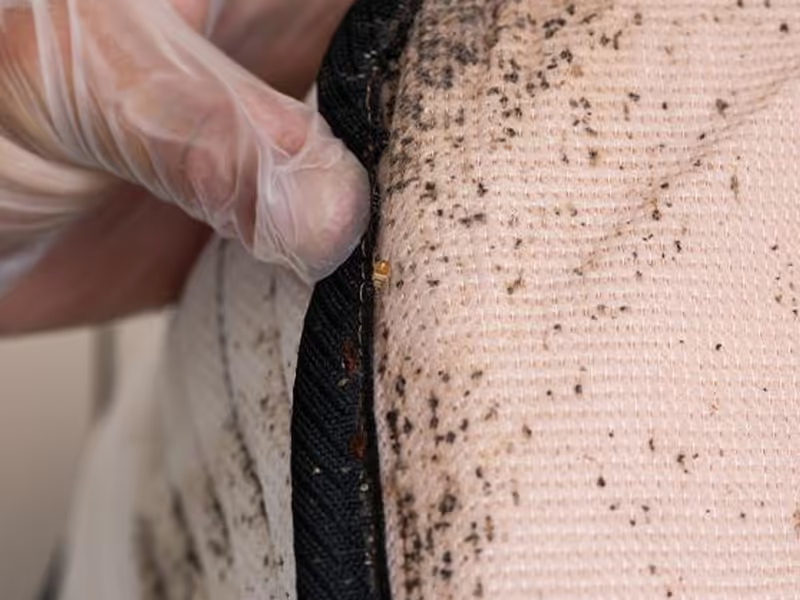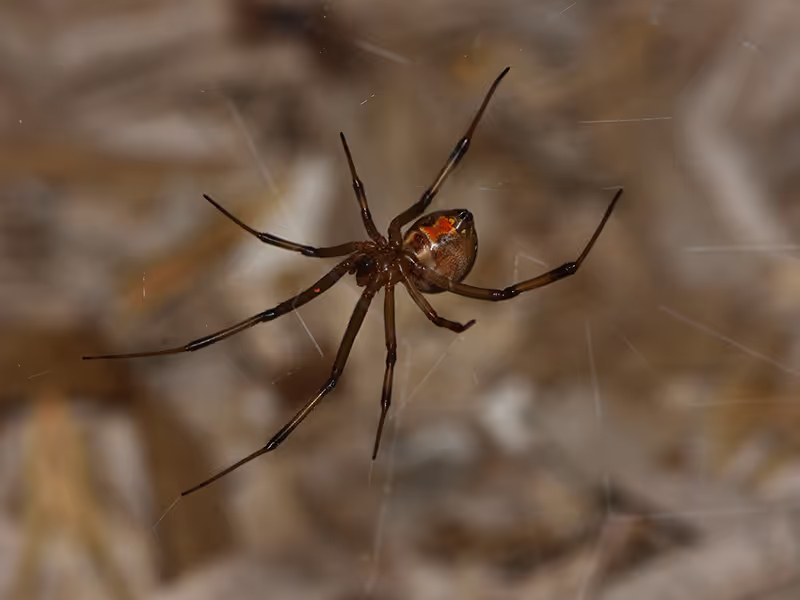What Month Do Spiders Come Out the Most?
Spiders are generally more active during the warmer months. While you may see some spiders year-round, the peak activity usually occurs from late spring through early fall. Here’s a breakdown of spider activity by month:
- March: As temperatures begin to rise, you might start to see some spiders waking up from their winter dormancy. They are not yet very active but can be spotted occasionally.
- April: Spider activity increases as the weather warms up. You may find them emerging from hiding spots, especially in homes that have been closed up for the winter.
- May: This month marks the beginning of peak spider activity. Many spiders are actively hunting for food and mates. You may notice more webs and sightings around your home.
- June: Spider activity is at its highest during this month. Warm temperatures and abundant food sources, such as insects, create the perfect environment for spiders to thrive.
- July: Spiders remain active in July, taking advantage of the warm weather and plentiful food supply. You may find them both indoors and outdoors, particularly in gardens and around porches.
- August: This month continues to see high spider activity. Spiders are busy hunting and preparing for the upcoming cooler months.
- September: As temperatures begin to cool down, spider activity might start to decline slightly, but you may still encounter many spiders. They are often seen in preparation for mating.
- October: Spiders may become less visible as the weather cools, but they are still present. Many species are looking for sheltered areas to overwinter, which may lead them into your home.
- November to February: During the colder months, spider activity decreases significantly. Many spiders go into a state of dormancy or seek shelter in protected areas. However, some house spiders can remain active indoors throughout the winter.
What Time of Day Do Spiders Come Out?
Spiders can be found at any time of day, but their activity levels can vary based on the species and environmental conditions. Here’s a breakdown of when you might notice spiders:
- Daytime: Some spiders are active during the day. Common examples include garden spiders, which can often be seen weaving webs or hunting for prey. House spiders may also be active during the day, especially if they are disturbed.
- Nighttime: Many spiders are nocturnal, meaning they are most active at night. Species like wolf spiders and black widows prefer to hunt after dark when it is cooler and safer from predators. During the night, you may find these spiders wandering around in search of food.
- Dawn and Dusk: Some spiders are crepuscular, meaning they are most active during dawn and dusk. This behavior allows them to take advantage of lower light levels while still being able to hunt for insects.
What Time of Year Are House Spiders Most Common?
House spiders can be found year-round, but they are most common during the warmer months when they come inside to escape the heat, reproduce, and search for food. Here’s a closer look at their seasonal activity:
- Spring: As temperatures rise, house spiders start to become more active. You may notice them moving around more as they search for food and mates.
- Summer: This is the peak season for house spiders. With the influx of insects during the warm months, spiders find plenty of food sources. You may also find spider webs in corners, windows, and other areas of your home.
- Fall: As temperatures begin to cool, house spiders may seek shelter indoors for the winter. You might see an increase in spider sightings as they search for warm places to stay.
- Winter: While house spiders can remain active during the winter, their numbers typically decline. They often stay hidden in the corners, under furniture, or in basements. However, if the temperature inside your home is warm enough, some spiders will continue to hunt for food.
How to Keep Spiders Out
If you want to keep spiders out of your home, here are some effective tips to reduce their chances of entering:
- Seal Entry Points: Inspect your home for any cracks or gaps where spiders might enter. Use caulk or weatherstripping to seal these openings. Pay special attention to windows, doors, and the foundation of your home.
- Keep the Yard Clean: Spiders often come from outdoor areas. Keep your yard tidy by trimming bushes, mowing the lawn, and removing debris like piles of leaves or wood. This will reduce the number of hiding places for spiders near your home.
- Reduce Clutter: Inside your home, clutter provides excellent hiding spots for spiders. Keep rooms tidy and organized, especially storage areas like attics, basements, and garages. Use clear containers for storage instead of cardboard boxes.
- Use Screens: Install screens on windows and doors to prevent spiders from entering. Make sure these screens are free of holes and tears.
- Limit Outdoor Lighting: Bright outdoor lights attract insects, which can, in turn, attract spiders. Use yellow or sodium vapor lights, which are less appealing to insects, or place outdoor lights away from entry points.
- Maintain a Dry Environment: Spiders are often attracted to moisture. Fix any leaks in your home, and use dehumidifiers in damp areas like basements to keep the humidity levels low.
- Natural Repellents: Use essential oils like peppermint, tea tree, or lavender as natural repellents. Mix a few drops with water in a spray bottle and apply it around entry points, windows, and doors.
- Regular Cleaning: Regularly vacuum and dust your home to remove spiders and their webs. Pay special attention to corners, behind furniture, and other hidden areas where spiders might hide.
- Call a Professional: If you have a significant spider infestation, consider contacting a pest control professional. They have the tools and expertise to identify the type of spiders you’re dealing with and offer effective solutions.
Conclusion
Understanding when spiders come out can help you manage and prevent spider invasions in your home. Spiders are most active during the warmer months, particularly from late spring to early fall. While they can be active at any time of day, many species prefer the nighttime for hunting and reproduction. By following the tips outlined in this article, you can keep your home spider-free and enjoy a more comfortable living environment. Remember, while spiders are essential for controlling insect populations, having too many in your home can be unsettling. If you need help, don’t hesitate to reach out to professionals like Admiral Pest Control for assistance.




















